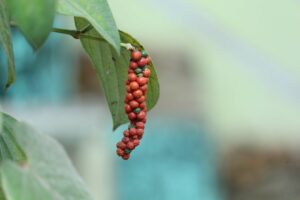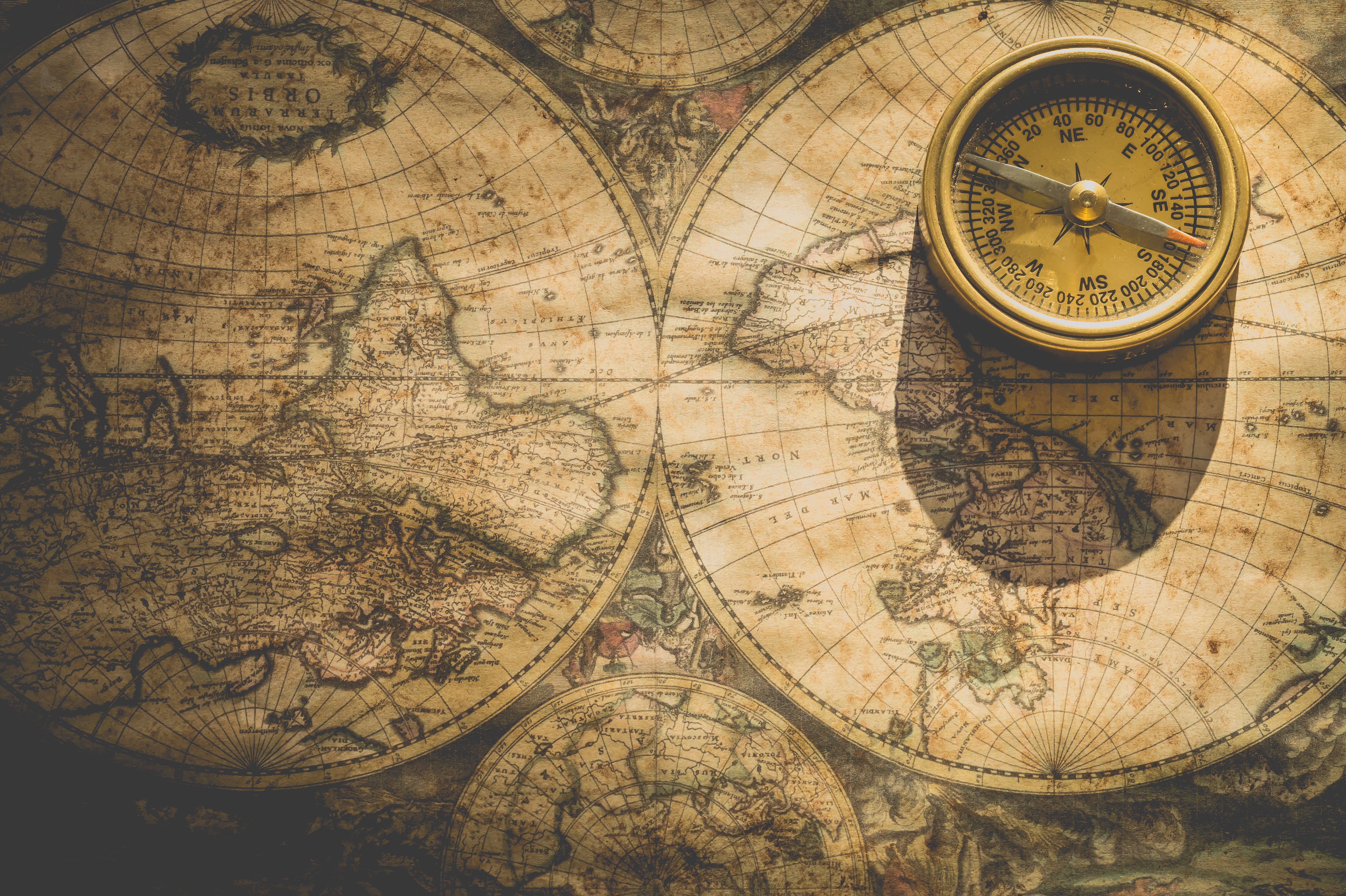Known as the “King of Spices”, pepper is the most important spice traded internationally. Let’s learn more about it through history:
Pepper was one the earliest commodities that was traded between the orient and Europe. In medieval times, it frequently changed hands as rent, dowry and tax. “Peppercorn rent” may today mean something trivial or next-to-nothing but in the middle ages, this spice was the preferred currency, prized by the wealthy. Medieval Europe throws up further evidence of the influence pepper had in the trading community. Traders even had their own vernacular names i.e., ‘Pepperer’ in England, “Pfeffersacke” in Germany and “Poivrier” in France.
The cities of Alexandria, Genoa and Venice carried on brisk trade in pepper during the middle ages. In fact, they owed their prosperity to this priceless commodity.
Vasco de Gama’s discovery of a sea-route to the spice lands of Malabar Coast in 1498 was triggered by his obsession with spices, particularly pepper. Gama’s feat had two results. One, it gave Portugal a secure monopoly over the spice trade. Two, it destroyed the economies of Alexandria, Genoa and Venice, which were built on the prosperity which pepper had brought them. For the next two centuries, Lisbon was the richest European port since it remained the key trading center for oriental spices.


In 1595, Houtman of Holland made a successful voyage to Indonesia. This was the beginning of the end of Portugal’s monopoly over spice trade. By 1605, the Dutch drove away the Portuguese from the Moluccas. Holland gradually established a firm grip over the pepper producing centers near Lampong in Sumatra and Banten in Java.
The Dutch control over spice production and sale was considerably weakened by 1650 when pepper cultivation spread to the Malay Archipelago. The Dutch could not do anything about it because this area was outside their sphere of influence. During the 19th century, London emerged as the world’s most important spice center. By then, increased production had driven pepper prices down, making it affordable even to the man on the street. It no longer remained the exclusive commodity of the rich and famous.
When the fortunes of the Dutch East India Company were down, the US entered the scene. In 1797, Jonathan Carnes of Massachusetts sailed into the New York waters with Sumatran pepper worth US $100,000. The US cities of Salem and Boston soon became main spice centers. Incidentally, the dare-devil commanders of the 18th century trading ships were the forbearers of the present US merchant marine.
Today the pepper trade encompasses the whole world with Western Europe, United States, Japan and Korea being the biggest consumers. The main producing countries are Vietnam, India, Indonesia, Brazil, Malaysia, China and Sri Lanka.
The discovery of pepper is closely tied to India, where its plant, Piper nigrum, is native. Its history stretches back over two millennia and it is believed to have been used in cooking and traditional medicine in South India as early as 2000 BC. The plant thrived in the Western Ghats, a mountain range in southwestern India.
The spice was highly regarded in ancient India and was often referred to as “black gold” due to its importance and value. It was a significant part of the Indian Ocean trade network, connecting India with the Middle East and East Africa, and Arab traders played a crucial role in spreading pepper to regions outside of India.
Pepper made its way to the Roman Empire, where it was highly sought after. The Romans even used it as currency at times, and it was one of the spices that led to the exploration of trade routes to the East.
The ancient “Spice Route” was a network of interconnected trade routes that facilitated the exchange of spices between the East and West. This route traversed Asia, the Middle East, and Europe, with trading hubs in cities like Alexandria, Venice, and Constantinople.
During the Age of Exploration in the 15th century, European powers sought direct sea routes to spice-producing regions, as the demand for spices continued to grow. Vasco da Gama’s voyage to the Malabar Coast of India in 1498 was one of the pivotal events that opened up direct maritime access to the spice-producing regions.
To discover more about pepper history, click here.
To discover some tasty recipes, click here.
